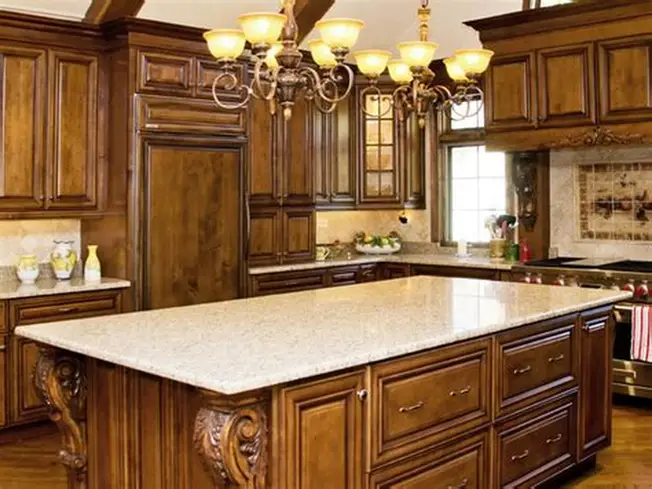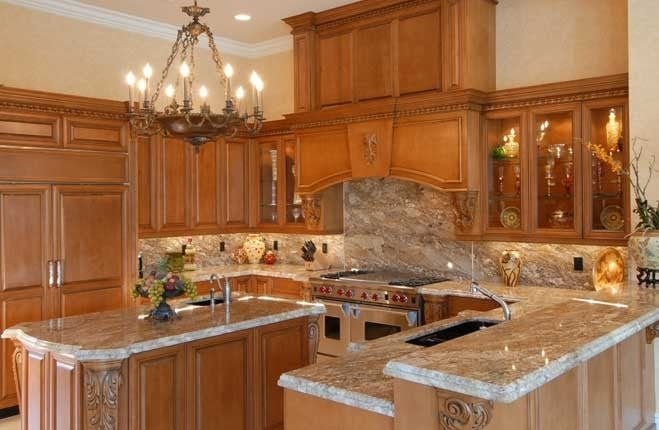Granite is one of the most iconic materials found in both natural landscapes and modern architecture. Its uses range from majestic monuments and rugged mountain ranges to stylish kitchen countertops and polished floor tiles. But beyond its practical applications, what does granite really mean—geologically, scientifically, and culturally?
In this article, we explore the definition of granite, its composition, characteristics, and why it remains one of the most valued natural stones in the world.

What Is Granite?
Granite Definition
Granite is a coarse-grained igneous rock composed primarily of quartz, feldspar, and mica. The word “granite” comes from the Latin word granum, meaning “grain,” which refers to its visibly granular texture. Granite forms through the slow cooling of magma beneath Earth’s surface, resulting in large, interlocking crystals.
Is Granite a Rock, Mineral, or Mixture?
Granite is a heterogeneous mixture of minerals, not a pure substance. Its varied composition gives it unique coloring and patterns.
Explore more:

Granite Geology and Composition
How Granite Is Formed
Granite is an intrusive igneous rock that forms when molten rock (magma) cools slowly beneath the Earth’s crust. This slow cooling allows crystals of different minerals to grow and become visible, giving granite its signature coarse-grained appearance.
Mineral Components
- Quartz: Usually clear or white, contributes to hardness
- Feldspar: Adds color (white, pink, gray)
- Mica: Black or silvery flakes that add contrast and depth
These combined minerals give granite its strength and durability, making it ideal for structural and aesthetic applications.
Characteristics of Granite Stone
Physical Properties
- Hardness: 6–7 on the Mohs scale
- Color Variability: White, black, gray, red, pink, green
- Durability: Highly resistant to scratching, heat, and weathering
These characteristics of granite make it suitable for both indoor and outdoor use.
Aesthetic Appeal
Granite is known for its natural beauty. The mineral grains and veining create unique patterns in each slab, making every installation one of a kind.
Applications of Granite in Modern Living
Granite Countertops
Granite remains one of the most popular materials for:
- Kitchen countertops
- Bathroom vanities
- Backsplashes and islands
Helpful guides:
- What color backsplash goes with black and brown granite countertops?
- Alternative backsplash pairing ideas
Discover options: Granite countertop
Flooring and Tiles
Granite’s durability and natural sheen also make it a favorite for:
- Flooring
- Shower walls
- Outdoor pavers
Natural vs. Engineered Granite
Natural Granite
- Quarried directly from Earth
- One-of-a-kind appearance
- Requires periodic sealing granite to protect against stains
Engineered Granite
- Made from crushed granite mixed with resin
- More uniform in appearance
- Easier to maintain, but lacks the natural variation
Granite in Comparison
Granite vs Quartz Countertops
- Granite: Natural, heat-resistant, varied in design
- Quartz: Engineered, more uniform, less porous
Granite vs Marble and Soapstone
- Marble: Softer, more prone to etching
- Soapstone: Homogeneous, less durable than granite
- Granite: A balance of beauty and resilience
In a natural stone countertop comparison, granite often proves to be the most well-rounded material.
Granite Industry and Aardwolf Solutions
Aardwolf Granite Products
Aardwolf offers:
- Granite slabs
- Installation accessories
- Fabrication and handling tools
- Premium color and design collections
Enhance your granite projects with tools like the jib crane for lifting and positioning heavy slabs safely.
Conclusion: Granite Is More Than Just Stone
So, what does granite mean? Granite is a naturally occurring igneous rock composed of a heterogeneous mixture of minerals. Its meaning spans across scientific, architectural, and design contexts. In geology, it represents Earth’s processes and mineral diversity. In home design, it signifies durability, luxury, and timeless appeal.
Whether you’re studying Earth sciences or selecting a new kitchen surface, understanding what granite is—and what it means—helps you appreciate its enduring value.

